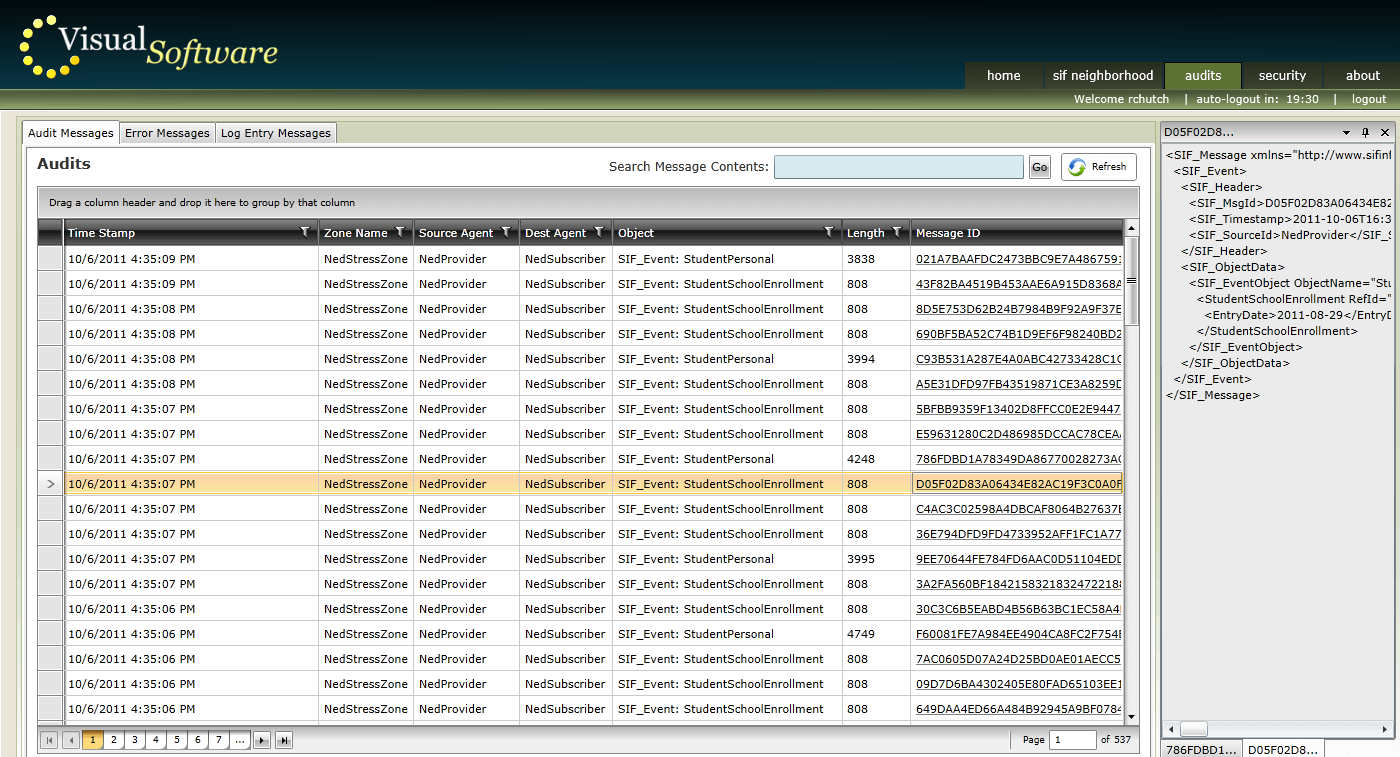A Little History
When we created our first version of ZIServer, we built it “on top of” a popular Enterprise Application Integration (EAI) platform. It did the same basic things that our current ZIServer product does (passed messages and managed permissions), but it required our customers to buy a copy of the EAI platform when they purchased our ZIServer product.
In 2007, we were working with an existing XML specification that was changing and not maintaining backwards compatibility. Because this also involved changes to the transport mechanism (how messages are passed between applications), it was forcing us into a ground-up rewrite. At the same time, we heard from the maker of the EAI platform that their next release was not going to be backwards-compatible. In addition, it was still over a year away from being released. This left us with reduced options.
Assessing Our Strengths and Market Needs
At that point, we saw that the current product worked well, but it lacked the performance needed by very large . In addition, because it required customers to also purchase an EAI platform, it excluded smaller potential customers who couldn’t administer or afford the EAI platform. Since we had an extensive background in operating system-level development already, we decided to create a new generation ZIServer from the ground up, based on the design principles we were most familiar with: . As a result of a significant development effort, our base model was ready. After a side-by-side comparison, we found that it was:
- significantly faster than the older version based on the EAI platform. It was roughly 8-15 times faster, depending on the mix of traffic.
- more scalable. The new version could handle load-balanced input as well as load-balanced output – an advantage it still offers even today.
- easier to administer. We were able to create an installer that allowed for a simple, “click-through” process and an easy-to-use GUI administrative interface.
- much more affordable. The new version didn’t require the purchase of the EAI platform.
Since Then
We have spent the years since then improving ZIServer’s speed, scalability and overall usability. We’ve improved the product in these ways without increasing its administrative complexity or system-level basic requirements. This allows us to still support implementations of all sizes without requiring dedicated administrative support, even in the largest installations.







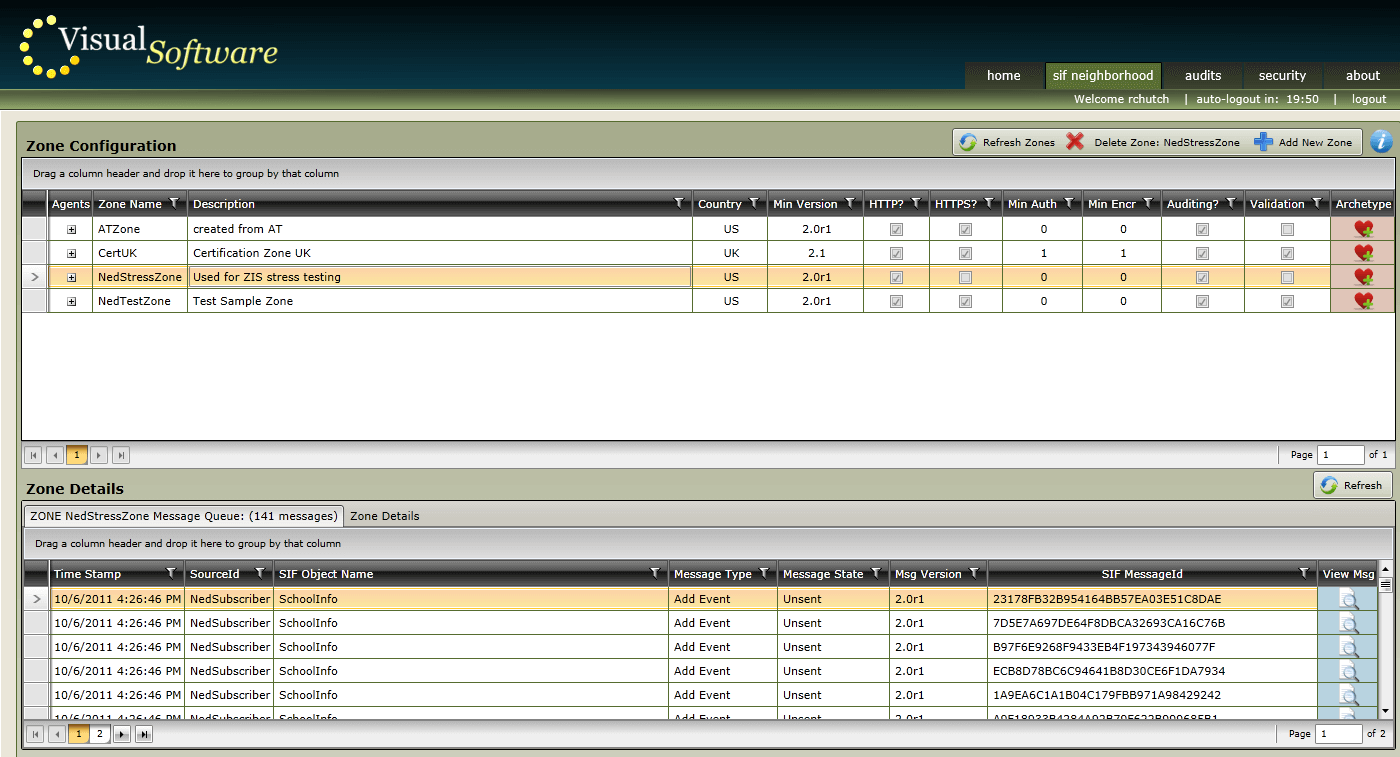

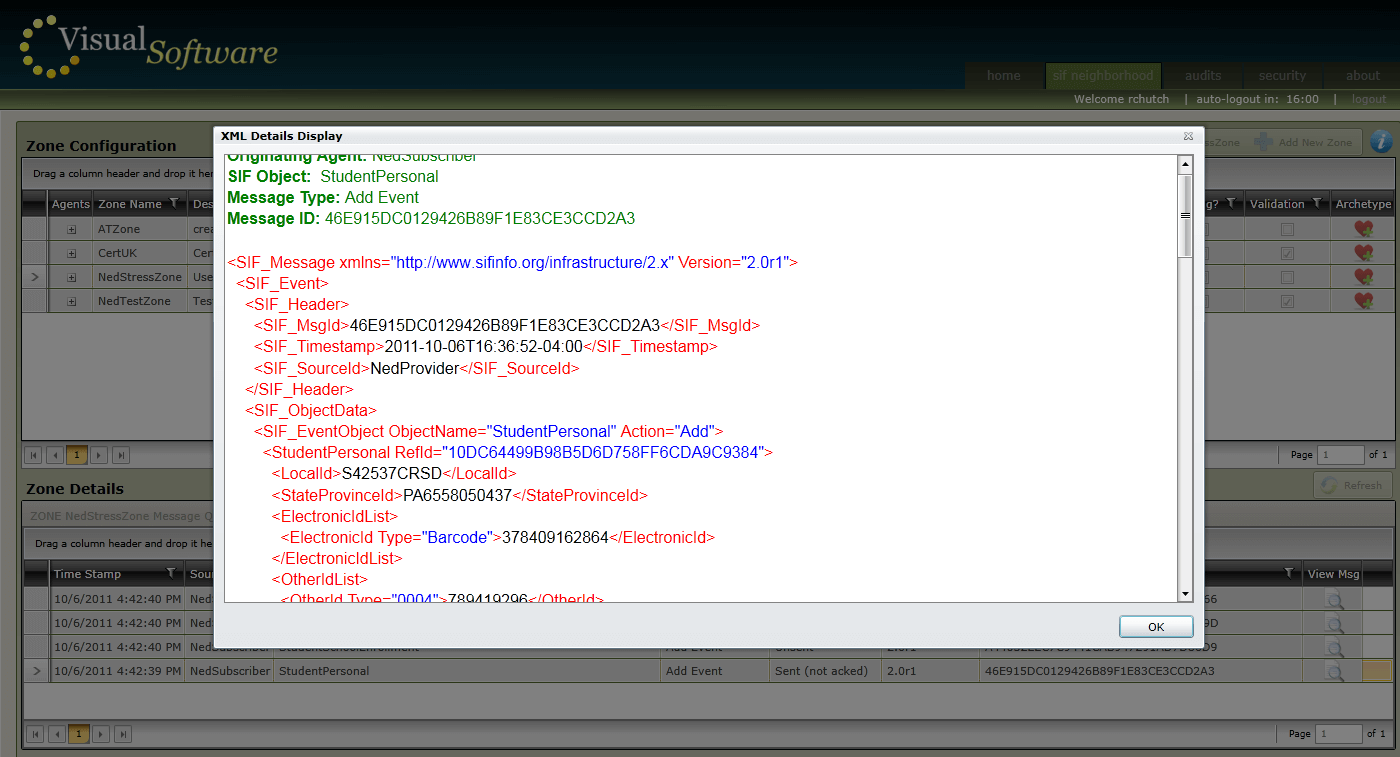



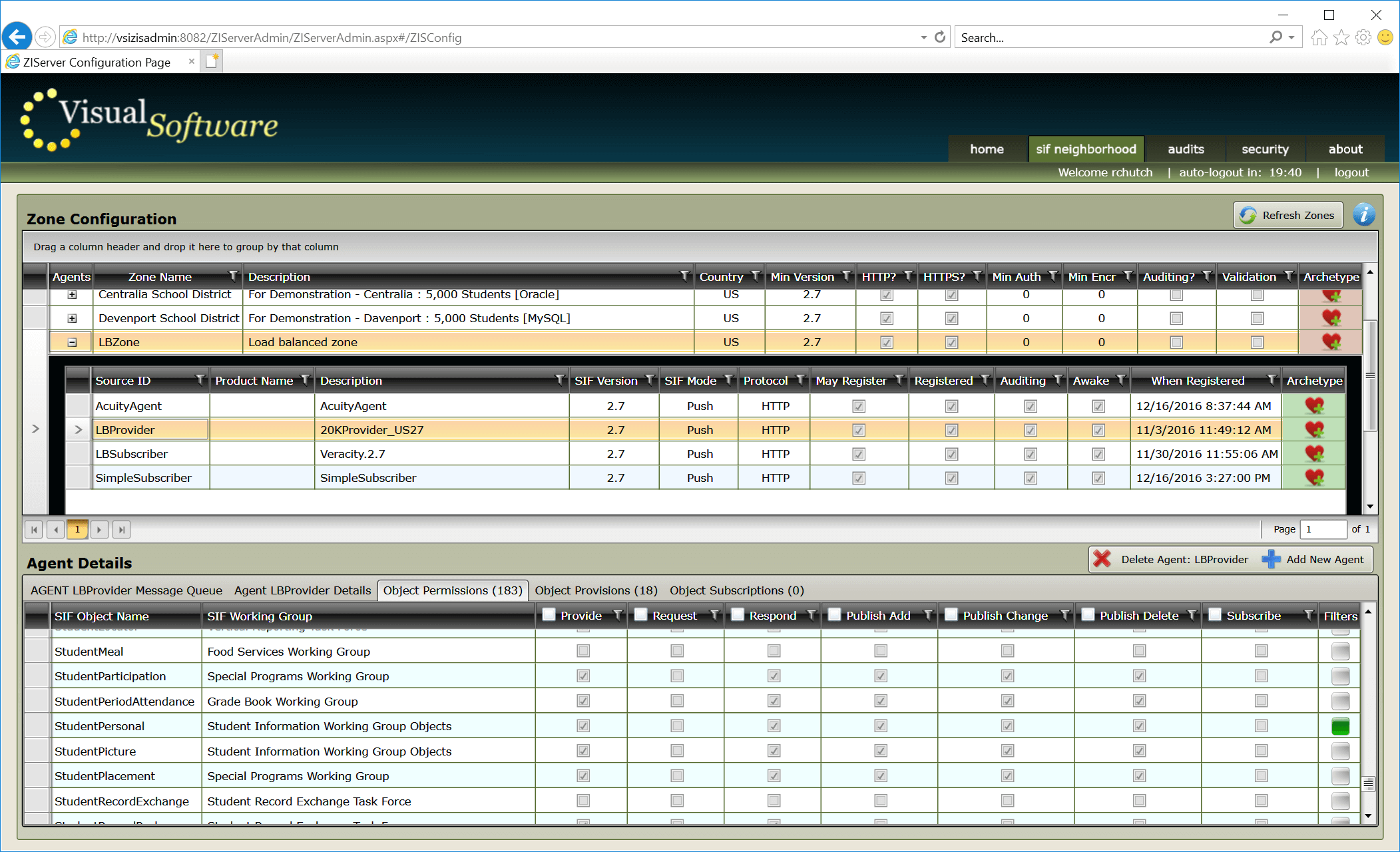
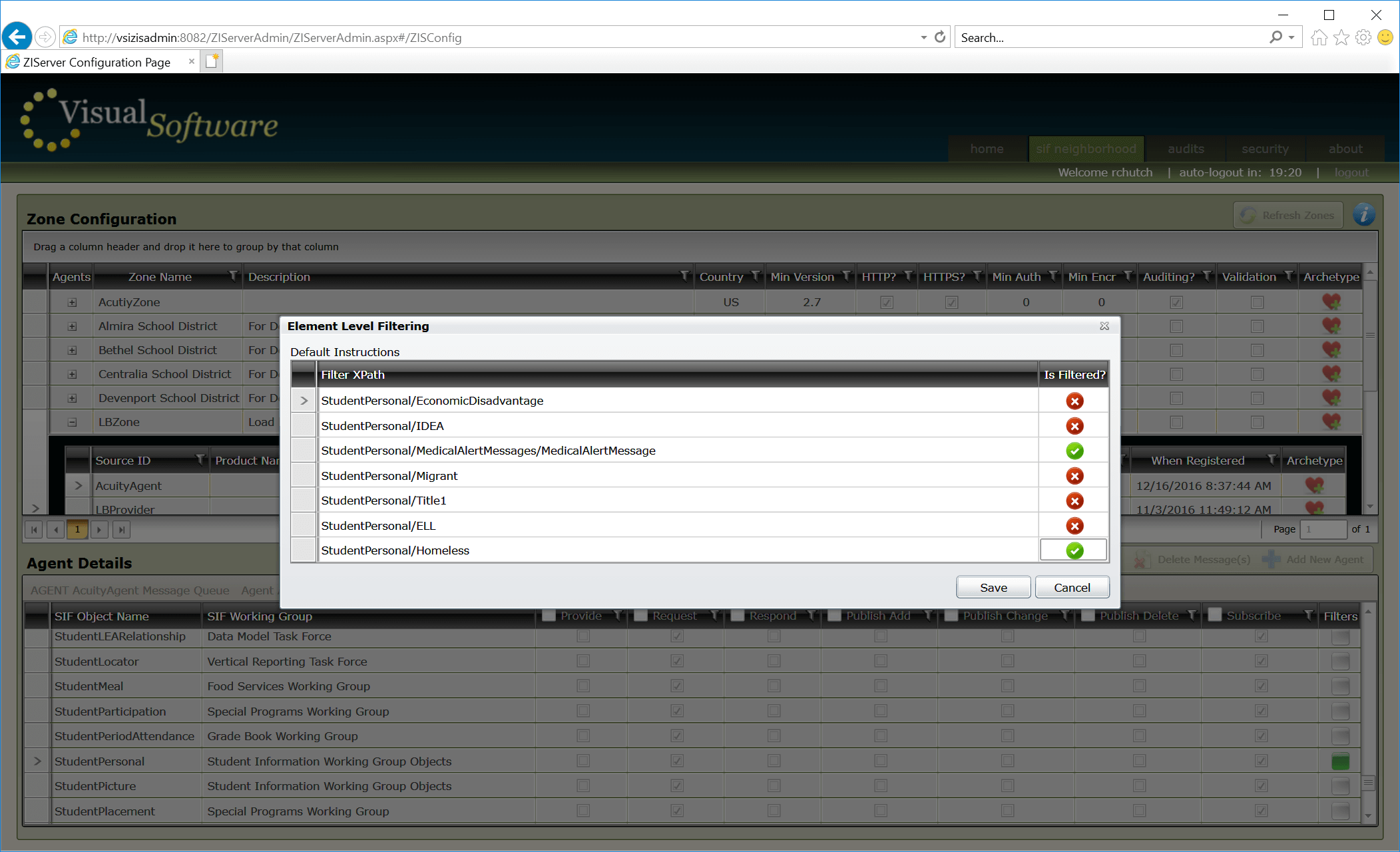

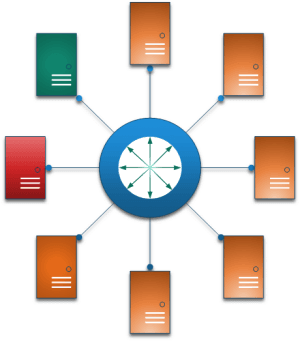 It supports a one-to-many model. This is ideal in situations where information published by one source needs to be distributed to several recipients. With this model
It supports a one-to-many model. This is ideal in situations where information published by one source needs to be distributed to several recipients. With this model
